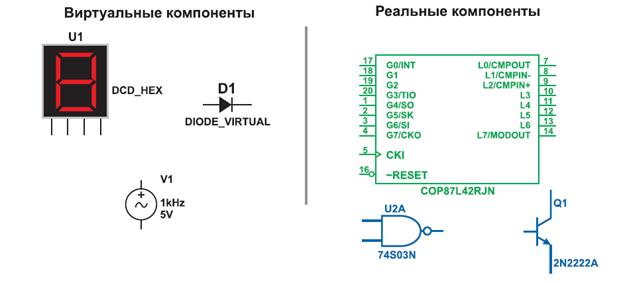PREHISTORY
(1) Tools are any objects other than the parts of our own bodies that we use to help us do our work. Technology is nothing more than the use of tools. When you use a screwdriver, a hammer, or an axe, you are using technology just as much as when you use an automobile, a television set, or a computer. (2) We tend to think of technology as a human invention. But the reverse is closer to the truth. Stone tools found along with fossils show that our ape-like ancestors were already putting technology to use. Anthropologists speculate that using tools may have helped these creatures evolve into human beings; in a tool-using society, manual dexterity and intelligence count for more than brute strength. The clever rather than the strong inherited the earth. (3) Most of the tools we have invented have aided our bodies rather than our minds. These tools help us lift and move and cut and shape. Only quite recently, for the most part, have we developed tools to aid our minds as well. (4) The tools of communication, from pencil and paper to television, are designed to serve our minds. These devices transmit information or preserve it, but they do not modify it in any way (If the information is modified, this is considered a defect rather than a virtue, as when a defective radio distorts the music we're trying to hear.) (5) Our interest lies with machines that classify and modify information rather than merely transmitting it or preserving it. The machines that do this are the computers and the calculators, the so-called mind tools. The widespread use of machines for information processing is a modern development. But simple examples of information-processing machines can be traced back to ancient times. The following are some of the more important forerunners of the computer. (6) The Abacus. The abacus is the counting frame that was the most widely used device for doing arithmetic in ancient times and whose use persisted into modern times in the Orient. Early versions of the abacus consisted of a board with grooves in which pebbles could slide. The Latin word for pebble is calculus, from which we get the words abacus and calculate. (7) Mechanical Calculators. In the seventeenth century, calculators more sophisticated than the abacus began to appear. Although a number of people contributed to their development, Blaise Pascal (French mathematician and philosopher) and Wilhelm von Leibniz (German mathematician, philosopher, and diplomat) usually are singled out as pioneers. The calculators Pascal and Leibniz built were unreliable, since the mechanical technology of the time was not capable of manufacturing the parts with sufficient precision. As manufacturing techniques improved, mechanical calculators eventually were perfected; they were used widely until they were replaced by electronic calculators in recent times. (8) The Jacquard Loom. Until modern times, most information-processing machines were designed to do arithmetic. An outstanding exception, however, was Jacquard's automated loom, a machine designed not for hard figures but beautiful patterns. A Jacquard loom weaves cloth containing a decorative pattern; the woven pattern is controlled by punched cards. Changing the punched cards changes the pattern the loom weaves. Jacquard looms came into widespread use in the early nineteenth century, and their descendants are still used today. The Jacquard loom is the ancestor not only of modern automated machine tools but of the player piano as well.
|




